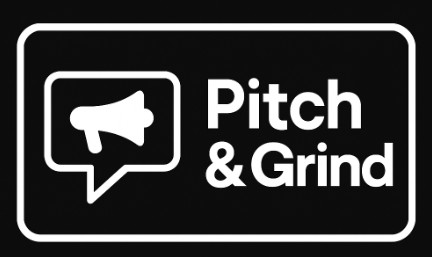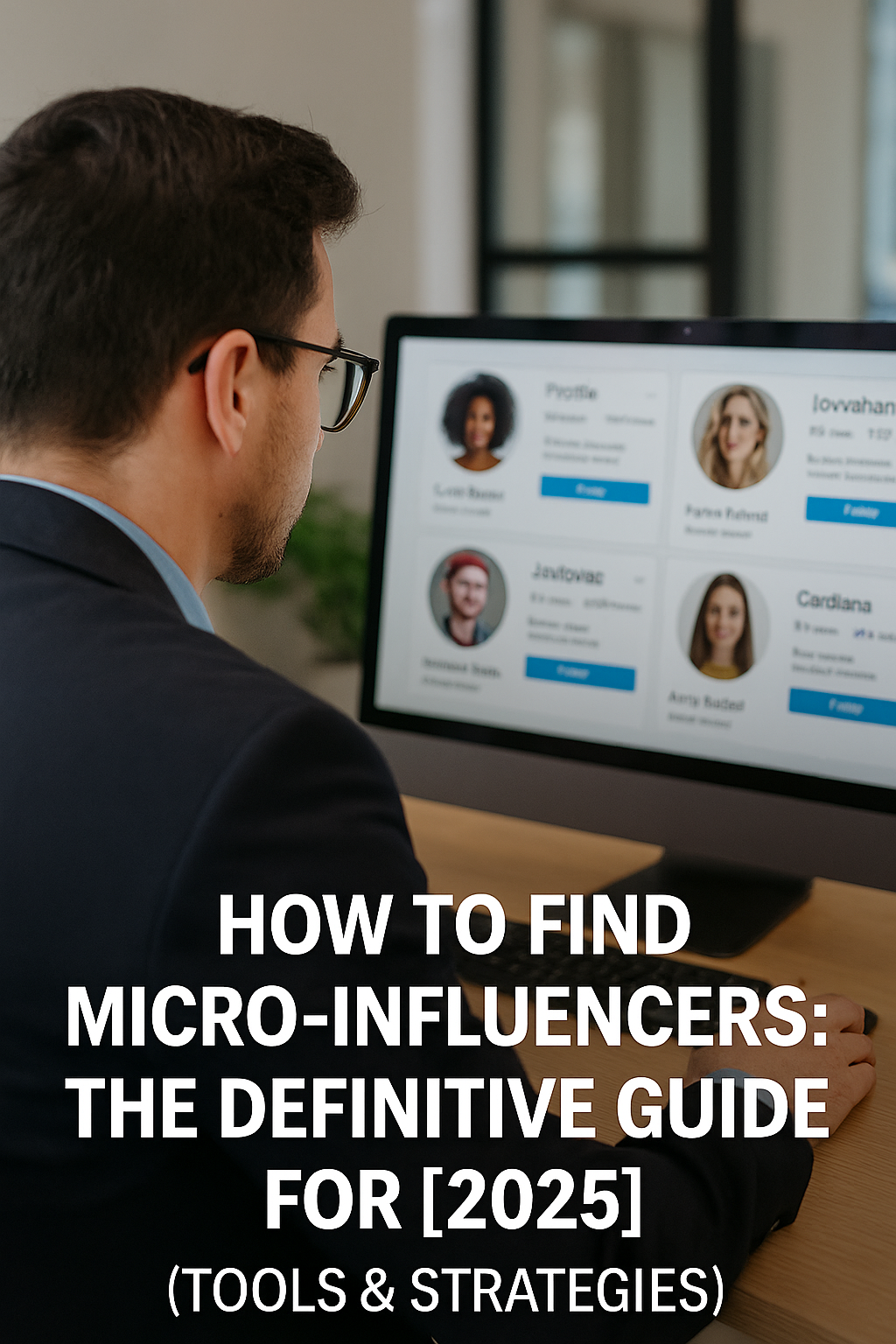The Power of Microinfluencers
- Higher Engagement Rates: Microinfluencers often boast superior engagement (likes, comments, shares) compared to their mega-influencer counterparts. Their audience perceives them as more relatable and trustworthy.
- Niche Audiences: They cater to specific interest groups, allowing brands to target their ideal customers with precision.
- Authenticity: Communication from microinfluencers often feels more like a genuine recommendation from a trusted friend rather than a paid advertisement.
- Cost-Effectiveness: Collaborating with microinfluencers is generally more budget-friendly than working with larger influencers or celebrities, offering a better return on investment for many businesses..

Campaign Goals
What do you hope to achieve with your microinfluencer collaboration? Your objectives will heavily influence the type of influencer you seek and the metrics you’ll use to measure success. Common goals include:
- Brand Awareness: Introducing your brand or products to a new, relevant audience.
- Lead Generation: Driving potential customers to sign up for a newsletter, demo, or download.
- Sales: Directly increasing product purchases.
- Content Generation: Obtaining high-quality, user-generated style content for your own marketing channels.
- Community Building: Fostering engagement and conversation around your brand.
For instance, if your goal is direct sales, you’ll look for influencers whose audience has a demonstrated purchase intent in your product category. If it’s content generation, their aesthetic and content creation skills become paramount.
Defining Your Niche & Target Audience
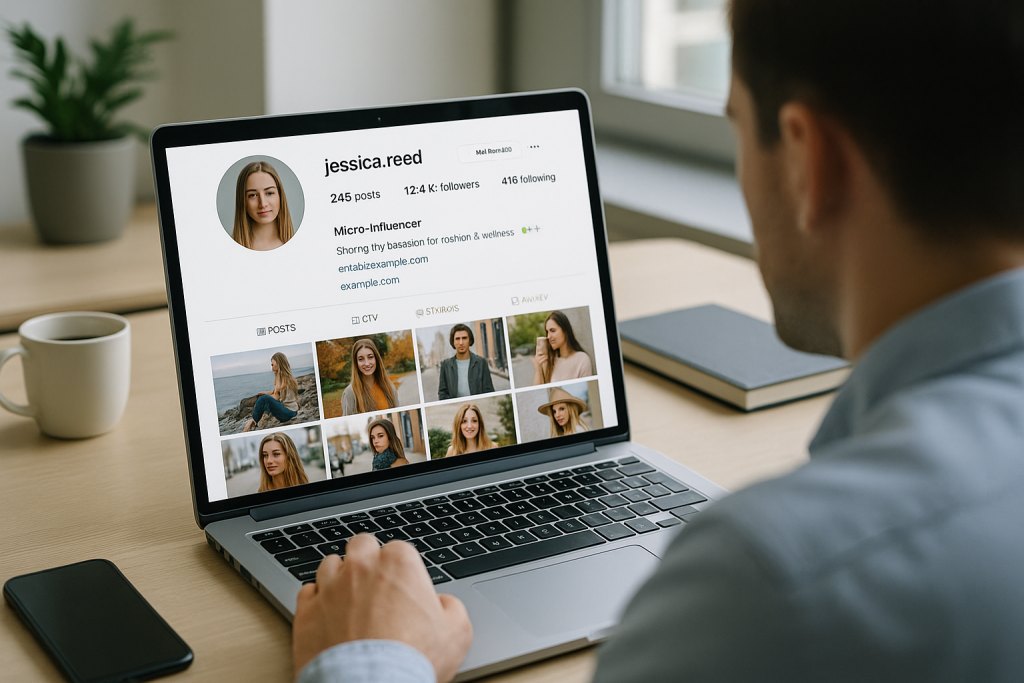
Who are you trying to reach? A deep understanding of your target demographic and psychographic profile is essential. If you haven’t already, create an ideal customer persona. Consider:
- Age & Gender: Basic demographic data.
- Location: Geographic targeting, if applicable.
- Interests & Hobbies: What are they passionate about?
- Pain Points & Needs: What problems can your product or service solve for them?
- Online Behavior: Which social media platforms do they frequent? What kind of content do they consume and engage with?

The more precisely you define your audience, the easier it will be to find microinfluencers whose followers align with your ideal customer.
Establishing Your Ideal Microinfluencer Profile
With your goals and target audience in mind, sketch out the characteristics of your ideal microinfluencer. This profile will serve as your compass during the search. Consider:
- Content Style & Aesthetics: Does their visual style and tone of voice match your brand’s image?
- Audience Demographics: Do their followers fit your target audience profile? (You’ll verify this later, but have an initial idea).
- Values Alignment: Do their publicly expressed opinions and values resonate with your brand’s ethos?
- Platform Specialization: Which platform is most important for your campaign (e.g., Instagram for visual products, TikTok for short-form video, LinkedIn for B2B)?
- Engagement Quality: Do they foster genuine conversations, or are their comments superficial?
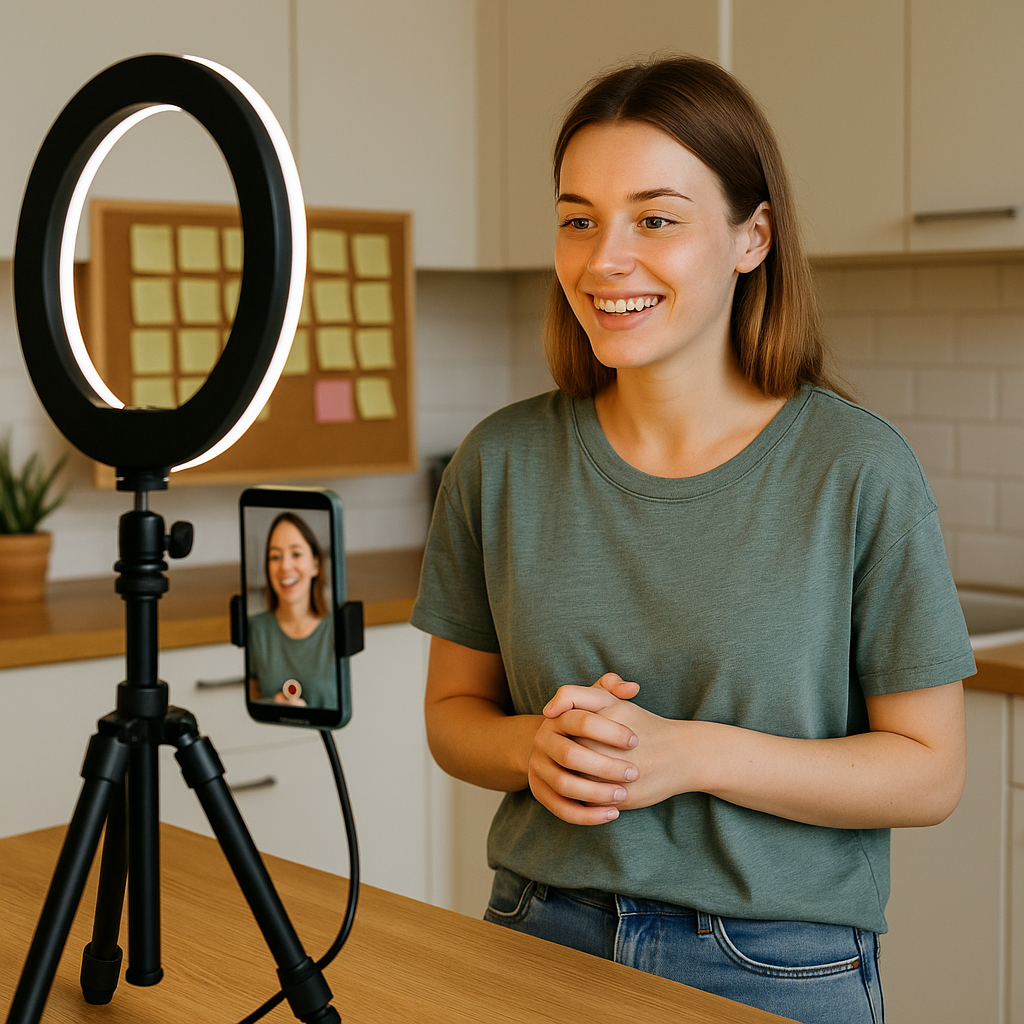
Having this profile defined will help you quickly filter potential candidates and focus your efforts.
Manual Methods for Finding Microinfluencers
Manual discovery methods require diligence and a keen eye but can unearth authentic microinfluencers deeply embedded in your niche. This “sleuth” approach often leads to highly relevant partnerships.
Hashtag Research
Hashtags are powerful discovery tools across most social media platforms.
- Platform Nuances:
- Instagram & TikTok: Identify niche-specific hashtags. Look at content under these tags.
- Twitter (X): Use hashtags to follow conversations and identify influential participants.
- Pinterest: Hashtags help categorize visual content and find creators within specific interest areas.
- Mix & Match: Use a combination of broad industry hashtags (e.g., #sustainablefashion) and more specific, long-tail hashtags (e.g., #upcycleddenimjacket). Long-tail hashtags often surface creators with more dedicated niche followings.
- Top vs. Recent: On platforms like Instagram, examine both “Top Posts” (which often feature slightly larger or highly engaged accounts) and “Recent Posts” (to find newer or undiscovered talent).
Competitor Analysis
Your competitors (or complementary, non-competing brands) can offer valuable clues.
- Identify Collaborations: See which influencers your competitors are partnering with. Tools exist for this, but manual checks of their tagged posts or mentions can also be revealing.
- Analyze Success: Observe which of their influencer collaborations seem to generate the most positive engagement and discussion. This can provide insights into what resonates with your shared target audience.
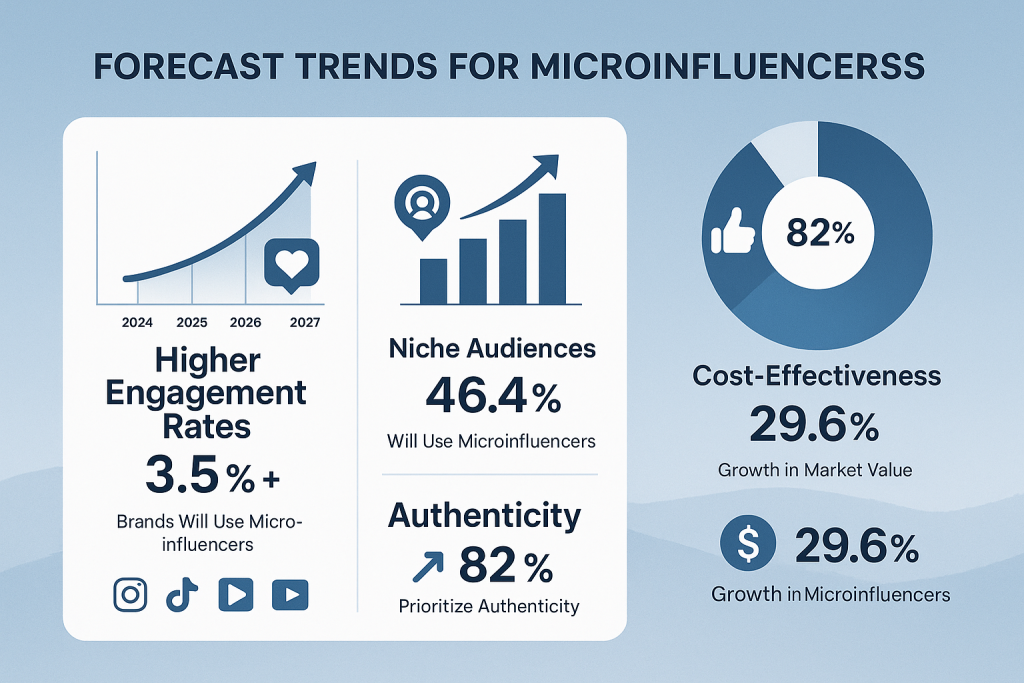
Audience Deep Examination
Your existing audience and the audiences of larger industry players can be goldmines.
- Your Engaged Followers: Examine who your most engaged current followers are also following. They might be leading you directly to relevant microinfluencers.
- Comment Sections: Look at the comment sections of posts from larger accounts in your niche, or on industry-related news. Microinfluencers often participate actively in these discussions, showcasing their expertise and engagement.
Google Search Operators
Use specific search queries on Google to refine your search:
- “[niche] microinfluencer” (e.g., “vegan skincare microinfluencer”)
- “[niche] blogger”
- “top [niche] instagram accounts”
- “best [niche] tiktok creators”
- “site:instagram.com “[niche keyword]” “10k..50k followers”” (This is an example of advanced search; effectiveness can vary).
Industry Communities & Forums
Engage with online communities where your target audience and potential influencers congregate.
- LinkedIn Groups: Excellent for B2B niches or finding professional thought leaders.
- Facebook Groups: Many niche communities exist; look for active members who share valuable content.
- Subreddits: Reddit has highly specific communities (subreddits). Identify users who consistently provide valuable content and have a respected voice.
- Niche Forums: Older-style forums dedicated to specific hobbies or interests can still house influential voices.
Location-Based Searches
If your campaign targets a specific geographic area (e.g., for a local business or event):
- Platform Geotags: On Instagram, search by location tags to find content and creators in that area.
- Local Hashtags: Use hashtags specific to a city or region (e.g., #austinfoodie).
- Google Maps/Local Search: Sometimes, local bloggers or influential community figures can be found through local business searches if they’ve reviewed or are associated with relevant establishments.
These manual methods, while requiring more industria (diligence), can provide a rich pool of potential microinfluencers who might not be listed on major platforms.
Tools & Platform
While manual methods are valuable, specialized tools and platforms can significantly accelerate and refine your search. These resources offer databases, search filters, and analytics to streamline the discovery process.
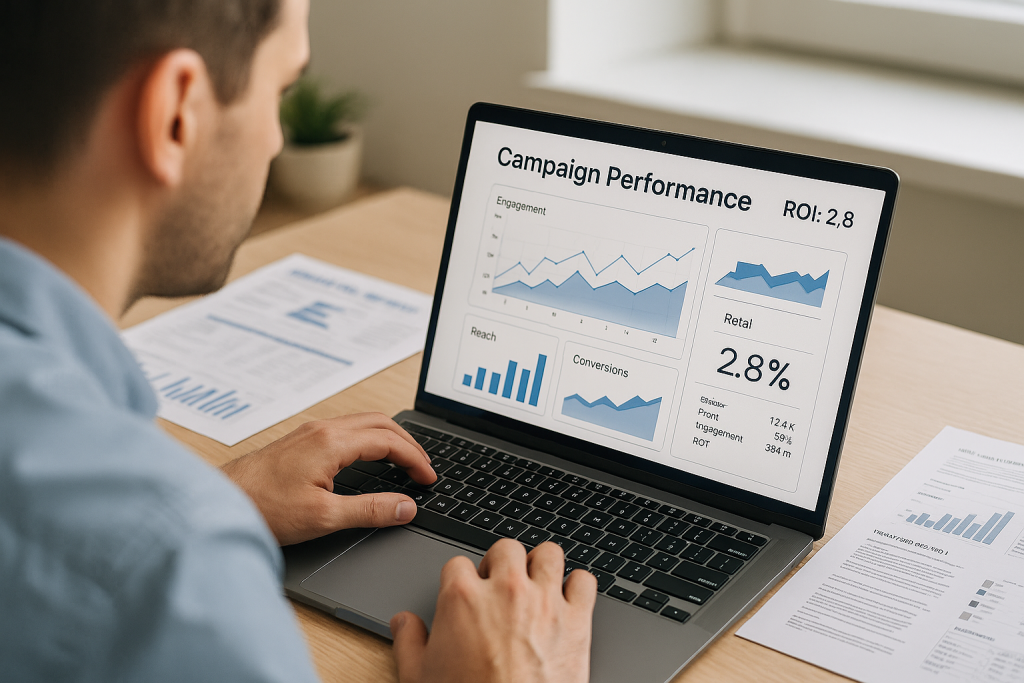
Tools
There are several types of tools that can assist in finding microinfluencers:
- Dedicated Influencer Discovery Platforms: These are comprehensive systems built specifically for finding, analyzing, and sometimes managing influencers.
- Influencer Marketplaces: These platforms act as intermediaries, connecting brands with influencers who are actively seeking collaborations.
- Social Listening & Analytics Tools with Influencer Features: Many general social media management tools also include functionalities to identify key voices and influential accounts within specific topics.
- Platform-Specific Search Tools: Native tools within social media platforms themselves.
1. Dedicated Influencer Discovery Platforms
These platforms typically offer extensive databases searchable by various criteria like niche, audience demographics, engagement rates, location, keywords in bio, and more.
- Example Tool: Modash
- How it Works for Discovery: Modash allows users to search a vast database of creators across Instagram, TikTok, and YouTube. Filters include follower count (to target microinfluencers specifically), audience location, age, gender, engagement rate, keywords, and more.
- Key Features: Influencer lookalike finder, audience credibility checks, list building.
- Pros: Extensive database, detailed audience analytics, good for finding very specific niches.
- Cons: Can be a premium-priced solution, so may require a budget.
- Ideal Use Cases: Brands needing to find influencers at scale, agencies managing multiple campaigns, businesses needing deep audience insights.
- Other Examples: Upfluence, Aspire (formerly AspireIQ), Grin, Klear. Many offer free trials or demo versions.
2. Influencer Marketplaces
Marketplaces connect brands with influencers who have opted in and are actively looking for partnerships.
- Example Tool: Influence.co
- How it Works for Discovery: Brands can post campaign briefs, and interested influencers apply. Alternatively, brands can search the marketplace’s database of influencer profiles.
- Key Features: Influencer profiles with past collaborations and rates (sometimes), campaign management tools (in some).
- Pros: Access to influencers actively seeking work, can simplify initial outreach and negotiation.
- Cons: Database might be smaller than dedicated discovery platforms; quality can vary.
- Ideal Use Cases: Brands with clear campaign briefs looking for influencers to apply, smaller businesses testing influencer marketing.
- Other Examples: #paid, IZEA.
3. Social Listening & Analytics Tools with Influencer Features
These tools monitor social conversations and can identify individuals who are influential on specific topics.
- Example Tool: BuzzSumo
- How it Works for Discovery: While primarily a content analysis tool, BuzzSumo’s “Influencers” feature allows you to find top authors and sharers for specific keywords or domains. It helps identify individuals creating and amplifying content in your niche.
- Key Features: Search by topic or domain, filter by influencer type (e.g., bloggers, journalists, regular people), engagement metrics.
- Pros: Good for finding thought leaders and content creators, understanding content trends.
- Cons: May not have as deep audience demographic data as dedicated influencer platforms.
- Ideal Use Cases: Content marketing focused campaigns, identifying thought leaders, understanding who is driving conversation around a topic.
- Other Examples: Sprout Social, Hootsuite (with specific apps/integrations), SparkToro.
4. Platform-Specific Search Tools
Don’t overlook the search functionalities within the social media platforms themselves.
- Example: Instagram’s Search & Suggested Accounts
- How it Works for Discovery: Use the search bar to look for keywords, hashtags, and accounts. Instagram also suggests similar accounts once you follow or engage with relevant profiles.
- Key Features: Basic keyword and hashtag search, account suggestions.
- Pros: Free, direct access within the platform.
- Cons: Limited filtering capabilities, can be time-consuming to sift through results.
- Ideal Use Cases: Initial exploration, supplementing other discovery methods.
- Example: TikTok Creator Marketplace (TCM)
- How it Works for Discovery: (Accessibility can vary by region and account status) TCM is TikTok’s official platform for brands and creators to connect. Brands can search for creators based on various metrics and audience demographics.
- Key Features: Verified creator data, campaign management tools.
- Pros: Official data, direct connection with creators interested in brand deals.
- Cons: Access might be limited; primarily focused on paid collaborations.
- Ideal Use Cases: Brands specifically targeting TikTok campaigns and wanting to work with vetted creators.
When selecting tools, consider your budget, the scale of your influencer marketing efforts, and the specific features most important to your campaign goals. Many offer free trials, allowing you to test their capabilities before committing.
The Vetting Process
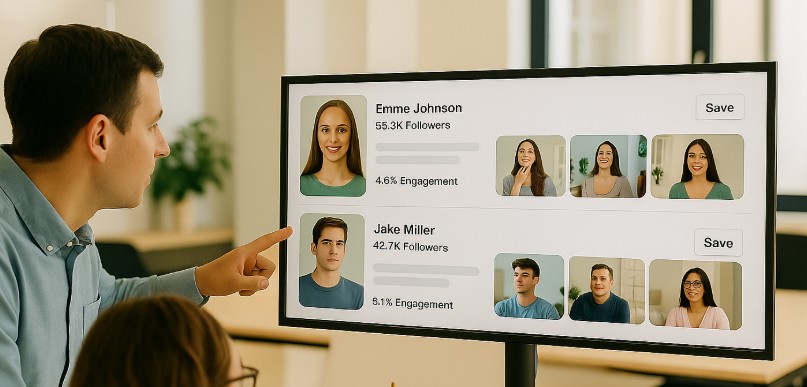
Once you have a list of potential microinfluencers, the next critical phase is vetting. This process involves a thorough evaluation to ensure authenticity, alignment, and potential impact. Skipping this step can lead to wasted resources and ineffective campaigns.
Core Evaluation Criteria
Audience Authenticity & Quality
- Follower Count vs. Engagement Rate (ER): Don’t be solely swayed by follower numbers. Engagement rate is a more telling metric.
- How to Calculate ER: (Total Likes + Total Comments) / Follower Count / Number of Posts Analyzed * 100. For a single post: (Likes + Comments) / Follower Count * 100.
- What’s a “Good” ER? For microinfluencers, ERs can be significantly higher than for macro-influencers. Generally, 3-6% is considered good, but this can vary by niche and platform. Anything consistently above 1-2% is often a positive sign for micro-tier accounts.
- Spotting Fake Followers/Engagement:
- Tools: Some platforms like HypeAuditor or SocialBlade offer features (free or paid) to analyze audience authenticity, looking for signs of bot followers or purchased engagement.
- Manual Checks:
- Follower Profiles: Scan their follower list. Do many profiles look suspicious (no profile picture, generic names, no posts, following thousands but few followers)?
- Comment Quality: Are comments genuine and conversational, or are they mostly emojis, generic phrases (“nice pic!”), or spam? Look for real interactions.
- Like-to-Comment Ratio: A very high number of likes with very few comments can sometimes be a red flag, though this varies by content type.
- Sudden Spikes: Abrupt, unnatural spikes in followers or engagement can indicate purchased activity.
Audience Alignment & Demographics
It’s not enough for an influencer to have an engaged audience; that audience must align with your target customer.
- Request Media Kits: Many professional microinfluencers have media kits that provide audience demographic data (age, gender, location, interests).
- Use Tools: Some influencer platforms provide detailed audience analytics if the influencer connects their account.
- Manual Assessment: Look at the profiles of people who actively engage with the influencer’s content. Do they seem like your target customers? Does the influencer’s content naturally attract the kind of people you want to reach?
- Key Question: Does their audience actually match the ideal customer persona you defined in Chapter 1?
Content Quality, Relevance & Brand Fit
The influencer’s content is a direct reflection of their personal brand and, by extension, will reflect on yours during a collaboration.
- Content Style & Aesthetics: Is their visual presentation (photography, videography, graphic design) high quality and aligned with your brand’s image? Is their tone of voice compatible?
- Niche Expertise & Authority: Do they demonstrate genuine knowledge and passion for their niche? Does their content provide value to their audience?
- Content Frequency & Consistency: Are they active and posting regularly? A dormant account won’t deliver results. Is their content style consistent?
- Past Sponsored Content:
- How do they handle sponsored posts? Are disclosures clear (e.g., #ad, #sponsored)?
- Is the sponsored content integrated naturally and creatively, or does it feel forced and overly salesy?
- What kind of engagement does their sponsored content receive compared to their organic content?
- Brand Values Alignment: Scrutinize their past content (even going back a fair way) for any posts or opinions that might conflict with your brand’s values or image. Check for controversial topics or unprofessional behavior.
Professionalism & Responsiveness
- Initial Communication: When you reach out, how do they respond? Are they professional, timely, and clear in their communication?
- Media Kit/Collaboration Guidelines: Do they have a media kit or clear guidelines for collaboration? This indicates a level of professionalism and experience.
Potential Campaign Impact (Forecasting ROI)
While perfectly predicting ROI is challenging, you can make an informed assessment.
- Past Performance: If they share results from previous brand collaborations (e.g., in their media kit or case studies), this is valuable.
- Engagement Quality: High-quality, relevant comments and discussions suggest a more impactful connection with the audience than just likes.
- Audience Fit: The stronger the alignment between their audience and your target customer, the higher the potential for positive impact.
- Reach vs. Resonance: Microinfluencers might offer less reach than macro-influencers, but their potential for resonance (deep connection and influence) within their niche can be much higher. Consider which is more important for your campaign goals.
